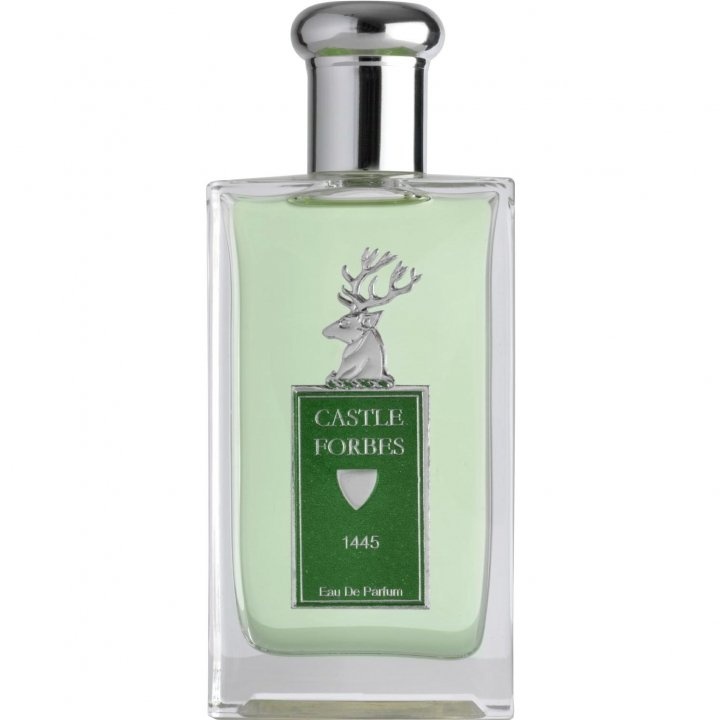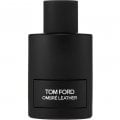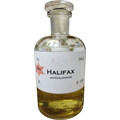1445 Castle Forbes 1997
25
Top Review
Translated
Show original
Lavender Innovations No 1: Tarragon.
Lavender is a fragrance that we all, more or less rightly, believe we know well. But you probably don't have to be Yatagan (who has published encyclopedias on lavender scents here on Parfumo) to suspect that you can not only compose the most different scents from and with lavender, but that lavender soliflores can also smell very different. So far I have had three reference lavender scents that have become firmly engraved as cornerstones of my scent map: Island Lavender by Caldey, a wonderfully crystalline, bright, transparent fragrance created by English monks, Lavender Water by Harry Lehmann, the warm herbaceous counterpart (I spontaneously gave my bottle to someone who liked the fragrance about a year ago, now the stuff has probably fallen victim to some new guidelines and I'm afraid I won't get it anymore), and of course the ingenious vanilla-lavender composition "Caron pour un homme", one of my very first bought fragrances since I've been dealing with perfumes a bit more deeply.
But lavender can always be quite different! You can see that in this - as Apicius correctly wrote - very unusual, unique scent (I can't think of any that smells even close to it) from the friendly little Scottish house "Castle Forbes". 1445 is very green, natural, not only in colour, and moreover a bright, ascending, clear, precise and distinct fragrance. Perhaps even better meets "slim": it is anything but pompous and opulent, appears concentrated, straightforward and wiry. When I first encountered it two years ago on one of the "Berlin fragrance walks" in a perfumery shelf and it immediately catapulted itself into my nose, my heart and my wish list, I also found it warm, as my spontaneously formed statement at the time proves; I wouldn't put it that way today, but I would still describe it as soft and delicate in a very masculine and unplush sense (after it fell from the wish list into my perfume cabinet at Christmas).
I mean (without it being possible to prove it, or that it matters) that I would recognize lavender today even without looking into the pyramid of scents, and I would recognize it very clearly. Its striking, often described as powdery, business card is not to be misjudged. Knowing the declared ingredients I would reconstruct the (ingeniously simple and clear) basic idea of the composition like this:
The heart of the fragrance is lavender, but it is married to a fragrance companion that is just as distinctive (but much less common in perfumery), and that is tarragon. This dream partnership is just as distinctive as the lavender-vanilla wedding in 1932 and conveys a very unconventional, almost crazy, but very beautiful kind of green, bright, slightly bitter herbal freshness that you don't know how or where to classify, in the meadow, in the forest, in the kitchen - cunningly, tarragon is not such a popular herb as basil, Thyme or rosemary (and probably not a sooo typical Scottish one either, by the way), but chervil is one of those of which you always don't know exactly how they actually smell and taste and where you always look particularly carefully at the expiry date of the spice jars in the kitchen because they are used so rarely.
If you like, you can also count the clove as part of this heart and interpret 1445 as a three-poled fragrance instead of a two-poled one. For me, however, it is a duality, just like with the Caron: if we don't want to ignore the clove for the sake of simplicity, I would see it as an extension and addition to the tarragon: Lavender, the well-known beau and gentleman, in an amour fou with the tart beauty, the wall herb from the herb garden.
The rest is quickly told: After such a stroke of genius, less is more and least is most: a fine citric top note and a firm vet-pat base, both of which are not meant to attract attention but merely give the picture a frame. Perfect. Vive l'Écosse!
But lavender can always be quite different! You can see that in this - as Apicius correctly wrote - very unusual, unique scent (I can't think of any that smells even close to it) from the friendly little Scottish house "Castle Forbes". 1445 is very green, natural, not only in colour, and moreover a bright, ascending, clear, precise and distinct fragrance. Perhaps even better meets "slim": it is anything but pompous and opulent, appears concentrated, straightforward and wiry. When I first encountered it two years ago on one of the "Berlin fragrance walks" in a perfumery shelf and it immediately catapulted itself into my nose, my heart and my wish list, I also found it warm, as my spontaneously formed statement at the time proves; I wouldn't put it that way today, but I would still describe it as soft and delicate in a very masculine and unplush sense (after it fell from the wish list into my perfume cabinet at Christmas).
I mean (without it being possible to prove it, or that it matters) that I would recognize lavender today even without looking into the pyramid of scents, and I would recognize it very clearly. Its striking, often described as powdery, business card is not to be misjudged. Knowing the declared ingredients I would reconstruct the (ingeniously simple and clear) basic idea of the composition like this:
The heart of the fragrance is lavender, but it is married to a fragrance companion that is just as distinctive (but much less common in perfumery), and that is tarragon. This dream partnership is just as distinctive as the lavender-vanilla wedding in 1932 and conveys a very unconventional, almost crazy, but very beautiful kind of green, bright, slightly bitter herbal freshness that you don't know how or where to classify, in the meadow, in the forest, in the kitchen - cunningly, tarragon is not such a popular herb as basil, Thyme or rosemary (and probably not a sooo typical Scottish one either, by the way), but chervil is one of those of which you always don't know exactly how they actually smell and taste and where you always look particularly carefully at the expiry date of the spice jars in the kitchen because they are used so rarely.
If you like, you can also count the clove as part of this heart and interpret 1445 as a three-poled fragrance instead of a two-poled one. For me, however, it is a duality, just like with the Caron: if we don't want to ignore the clove for the sake of simplicity, I would see it as an extension and addition to the tarragon: Lavender, the well-known beau and gentleman, in an amour fou with the tart beauty, the wall herb from the herb garden.
The rest is quickly told: After such a stroke of genius, less is more and least is most: a fine citric top note and a firm vet-pat base, both of which are not meant to attract attention but merely give the picture a frame. Perfect. Vive l'Écosse!
15 Comments
Latest Reviews
 FvSpee 2 months ago
FvSpee 2 months ago
Could have, would have, Ferrari chain
As my loyal old readers know, leather fragrances are not my specialty. But now that Ford's OL has fallen under my nose, here are my 2 cents on the subject.
OL comes across as an only slightly innovative, very mainstream fructo-synthetic...
Translated
 FvSpee 3 months ago
FvSpee 3 months ago
Lehmann's Florida Boys
It should be obvious that this fragrance is not named after Vicsount Halifax, Viceroy of India, advocate of the appeasement policy towards Hitler and Churchill's ambassador in Washington. But I'd bet all my Canada souvenirs, including the moose...
Translated




